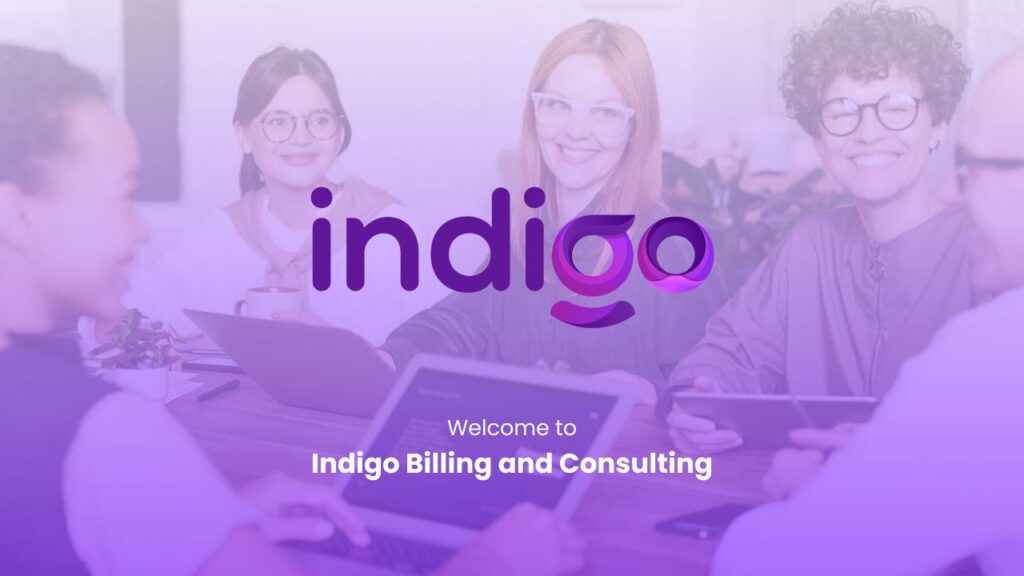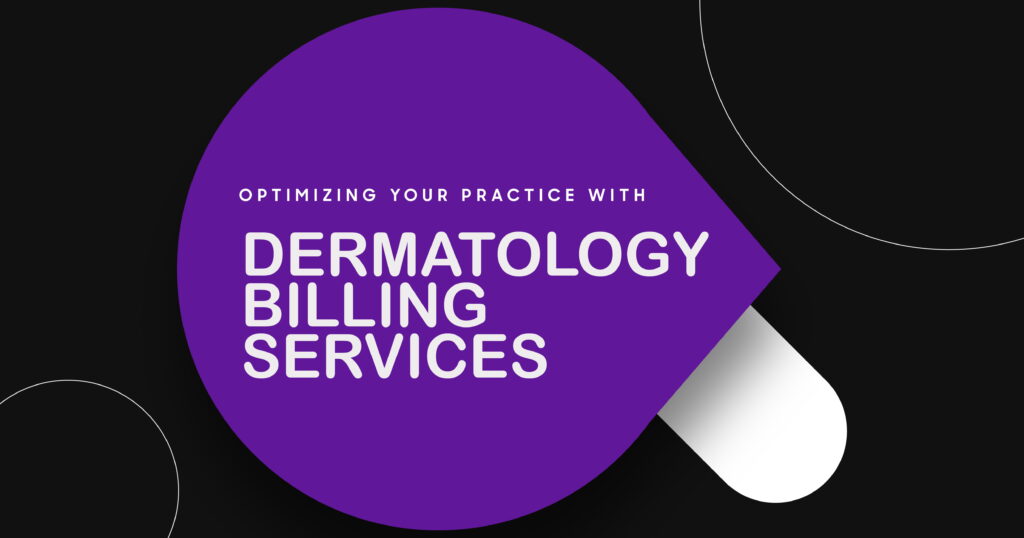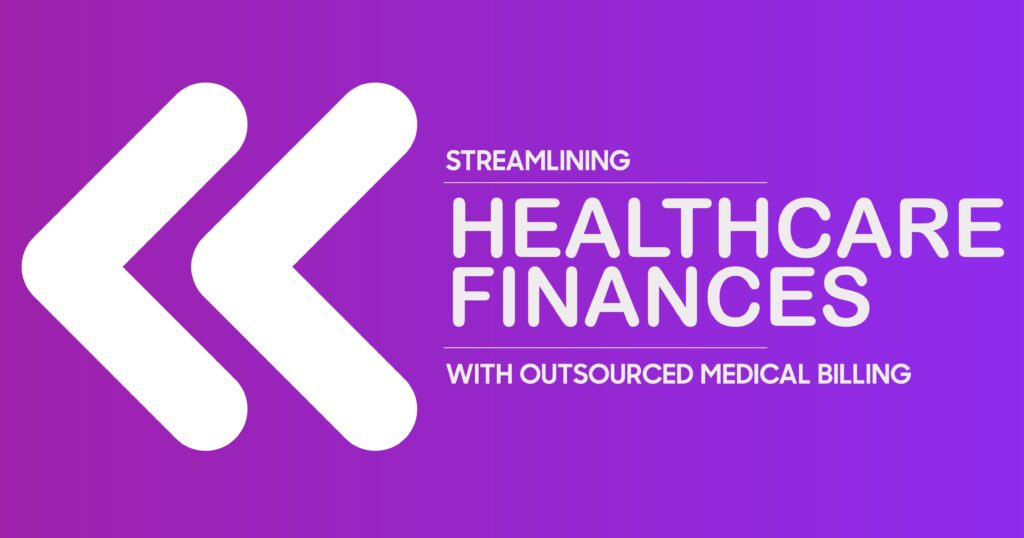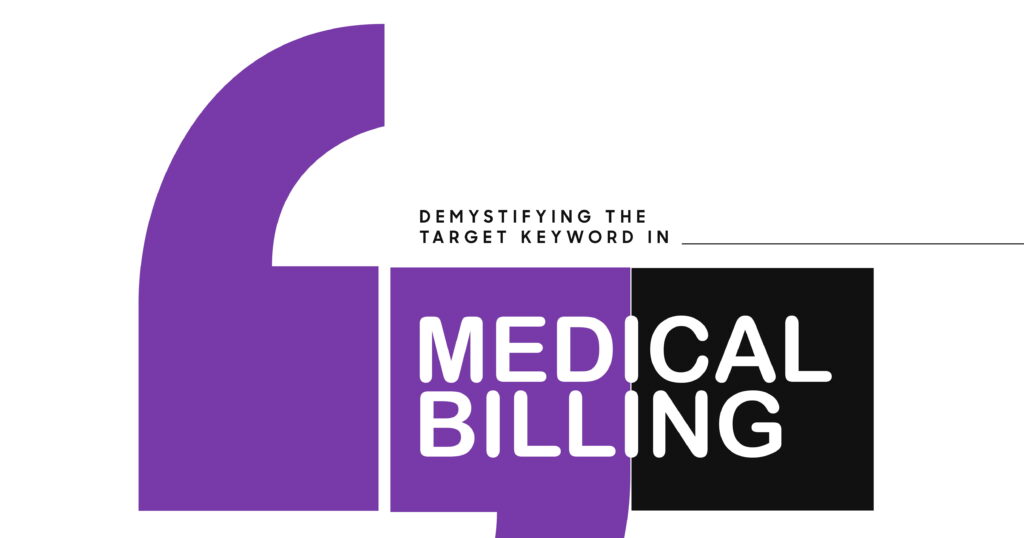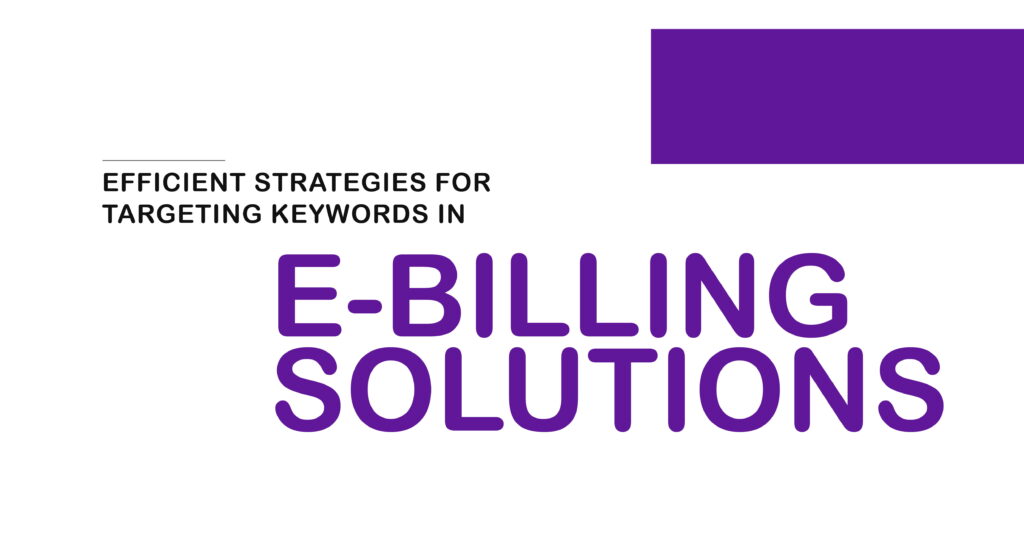Managing the financial side of a dermatology practice can be just as complex as the clinical work itself. From handling patient invoices to managing insurance claims, accuracy and timeliness are critical. That’s where billing automation and specialized dermatology billing services come in.
By implementing advanced tools like billing software, automated invoicing, and accounts receivable automation, practices can reduce administrative strain, improve compliance, and optimize revenue. In this article, we’ll explore how adopting smarter billing solutions can transform the way your practice operates while also outlining the specific ways dermatology practices can benefit from automation.
Key Features of Advanced Billing Solutions
Modern billing solutions go far beyond simple payment collection. They integrate multiple functions into a single platform, making it easier to handle everything from invoice management to payment processing. Advanced billing platforms typically include features such as:
- Automated invoicing that minimizes human error and saves time by sending bills promptly after each service.
- Recurring billing systems for patients on ongoing treatment plans, like acne management or cosmetic procedures.
- Accounts receivable automation that reduces delays in payments, improves cash flow, and simplifies reconciliation.
- Financial reporting tools that provide real-time insights into practice performance, helping leaders make informed decisions.
- Subscription billing models tailored for dermatology services, like monthly skincare packages or wellness memberships.
With these features, billing processes become not just more efficient but also more transparent, allowing staff to focus more on patient care while improving the overall financial health of the practice.

The Role of Billing Automation in Modern Enterprises
The integration of billing automation allows practices to reduce time spent on repetitive administrative tasks. Instead of manually creating and tracking invoices, automated systems generate and send bills instantly, often with reminders to ensure timely payments. This reduces bottlenecks, increases accuracy, and creates smoother operations overall.
Automation also enables integration with electronic health records (EHRs), ensuring that billing is linked directly to patient visits, diagnoses, and treatments. This connection prevents double entry and reduces the risk of coding errors, which can otherwise lead to claim denials. According to a study by the Healthcare Financial Management Association (HFMA), organizations that adopt automation in their revenue cycle report significantly faster payment times and fewer billing errors.
Enhancing Compliance and Accuracy
Compliance with healthcare regulations is non-negotiable. Errors in billing not only delay payments but can also result in fines, audits, and reputational damage. By using billing software with built-in compliance checks, practices ensure that claims and invoices meet industry standards, including HIPAA requirements and payer-specific guidelines.
Automated validation reduces the likelihood of mistakes, protecting practices from unnecessary risks. This is particularly crucial in dermatology, where procedures range from medical (covered by insurance) to cosmetic (self-pay), requiring careful coding and categorization.
Comparing Billing Automation Tools and Platforms
When selecting a billing platform, dermatology practices must compare features, integration capabilities, and costs. Below is a simplified comparison of three types of solutions:
| Platform Type | Key Features | Best For |
| Basic Billing Software | Manual data entry with limited automation | Small practices with low billing volume |
| Cloud-Based Platforms | Automated invoicing, financial reporting, secure storage | Mid-sized practices seeking scalability |
| Comprehensive Automation | Accounts receivable automation, recurring billing, advanced analytics | Large practices with complex needs |
Evaluating tools in this way helps practices choose solutions aligned with their size, patient load, and growth goals. Comprehensive systems may also integrate subscription billing for dermatologists offering cosmetic services, making them especially valuable.
ZoneAndCo focuses on platforms offering subscription billing, revenue recognition, analytics, and flexible pricing. Tools like Younium and DealHub are discussed in the context of managing recurring/subscription-based revenue.
Common Challenges in Implementing Billing Automation
Despite its advantages, implementing billing automation is not without challenges. Practices often face initial resistance from staff accustomed to manual processes. Additionally, integrating new systems with existing EHRs can be complex, requiring staff training and potential workflow redesign. Data migration poses another hurdle, as inaccuracies during this stage can cause long-term disruptions.
Cost is also a factor—though automation saves money over time, the upfront investment may be difficult for smaller practices. Moreover, ensuring patient data security during system transitions requires careful planning. These challenges, however, can be mitigated with proper training, phased rollouts, and choosing platforms with strong customer support.
Optimizing Billing Processes for Efficiency and Accuracy
Efficiency in billing depends on both technology and process refinement. Dermatology practices should:
- Regularly audit billing workflows to identify bottlenecks and ensure claims are submitted promptly.
- Use invoice management systems to track unpaid bills in real time, reducing the likelihood of missed revenue.
- Leverage financial reporting identifying seasonal trends, such as an uptick in cosmetic procedures, and forecast revenue accordingly.
- Align payment processing methods with patient preferences, offering options like credit card, ACH transfers, digital wallets, or patient portals.
When these practices are combined, dermatology clinics can see measurable improvements in revenue cycle management and patient satisfaction.
The Impact of Automated Billing on Customer Satisfaction
For patients, billing is part of the overall healthcare experience. Confusing or delayed invoices create frustration, while clear, timely, and accurate billing fosters trust. Recurring billing for ongoing treatments provides predictability, while flexible payment processing options make it easier for patients to manage costs.
Automated reminders reduce missed payments without creating friction and give patients a sense of control over their financial obligations. When patients perceive billing as seamless and transparent, their satisfaction with the entire practice increases, leading to better retention and positive word-of-mouth referrals.
Indigo Billing: Future-Ready Solutions for Smarter Billing Automation
Indigo Billing specializes in delivering tailored solutions for healthcare practices, including dermatology. Their platforms offer advanced accounts receivable automation, subscription billing, and detailed financial reporting that give practices the insights needed for sustainable growth.
With a focus on compliance, security, and customization, Indigo Billing ensures practices not only keep up with industry standards but stay ahead of them. By choosing Indigo Billing, dermatology practices can shift their focus from managing administrative tasks to providing exceptional patient care.
Contact Indigo Billing today to explore how their solutions can help your practice thrive.
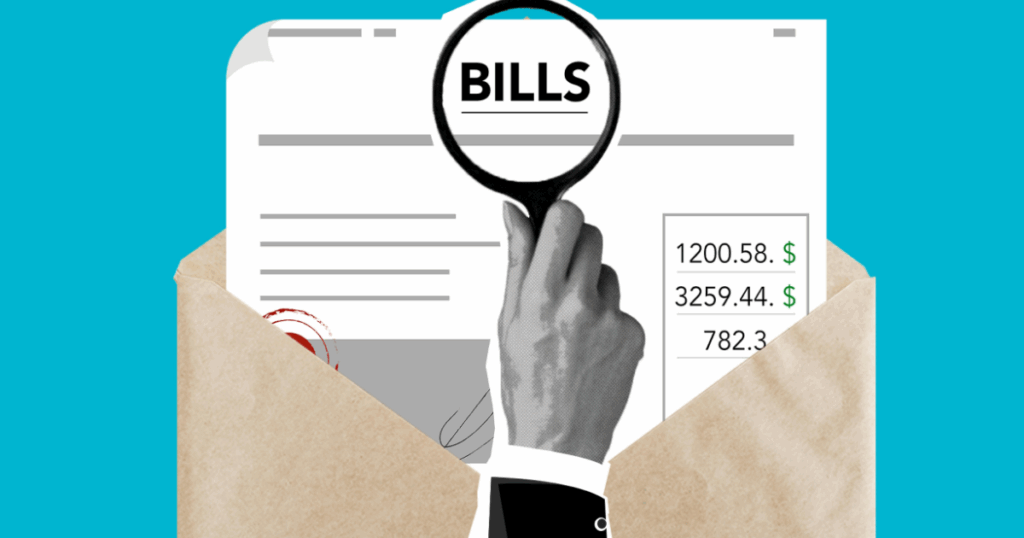
FAQs
What are the key benefits of integrating billing software with automated invoicing for modern enterprises?
Integrating billing software with automated invoicing improves accuracy, reduces administrative workload, and accelerates payment collection. It ensures invoices are consistent, timely, and compliant with regulations.
How does payment processing enhance the efficiency of accounts receivable automation?
Efficient payment processing speeds up cash flow and minimizes errors in reconciliation. Combined with accounts receivable automation, it reduces delays and improves the overall financial health of the practice.
What are the common challenges businesses face when implementing recurring billing systems?
The biggest challenges include integration with existing systems, ensuring accurate setup of recurring schedules, and managing customer communication. However, with the right platform and training, these challenges can be addressed effectively.
How can financial reporting improve through the use of advanced invoice management tools?
Advanced invoice management tools provide real-time data, making financial reporting more accurate and actionable. This helps practices forecast revenue, monitor trends, and make better-informed financial decisions.
What role does subscription billing play in enhancing customer satisfaction and retention?
Subscription billing provides patients with predictable costs and convenient payment options, improving their overall experience. This consistency fosters trust and enhances long-term retention.
